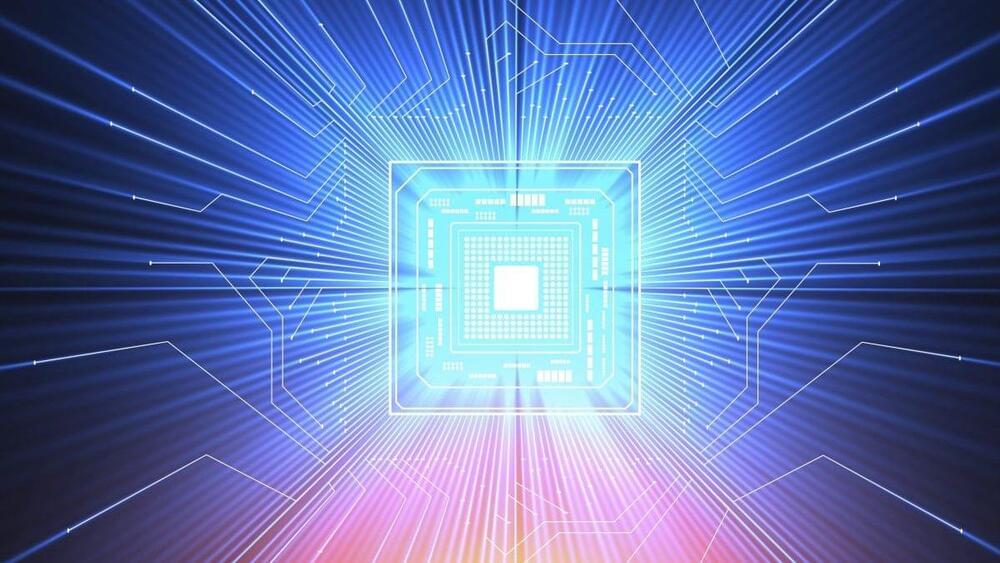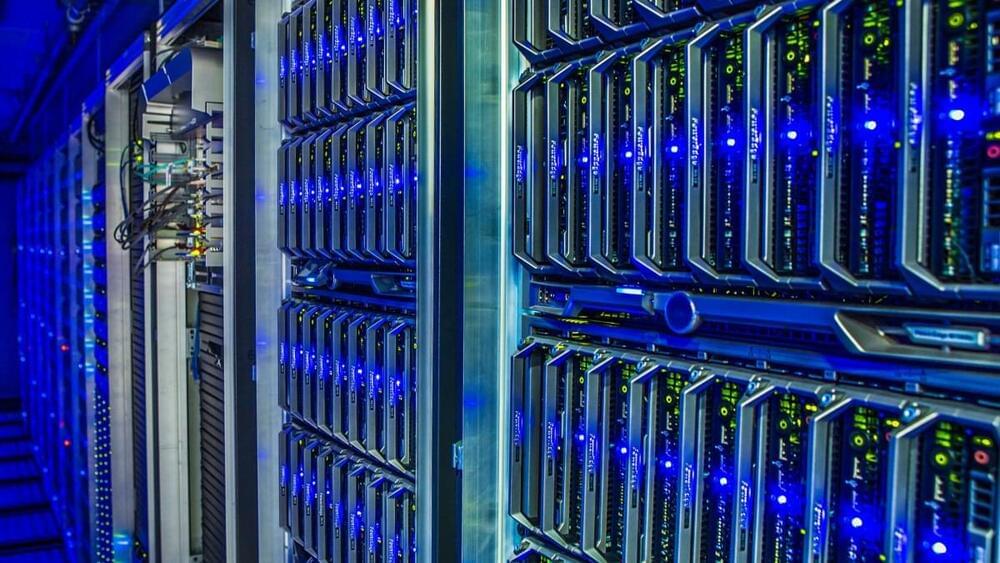Check out all the on-demand sessions from the Intelligent Security Summit here.
2022 was a great year for generative AI, with the release of models such as DALL-E 2, Stable Diffusion, Imagen, and Parti. And 2023 seems to follow on that path as Google introduced its latest text-to-image model, Muse, earlier this month.
Like other text-to-image models, Muse is a deep neural network that takes a text prompt as input and generates an image that fits the description. However, what sets Muse apart from its predecessors is its efficiency and accuracy. By building on the experience of previous work in the field and adding new techniques, the researchers at Google have managed to create a generative model that requires less computational resources and makes progress on some of the problems that other generative models suffer from.








